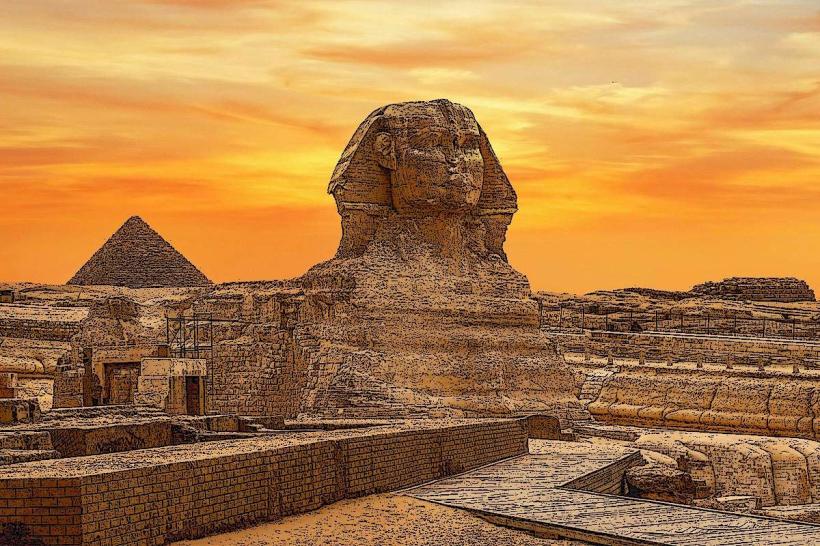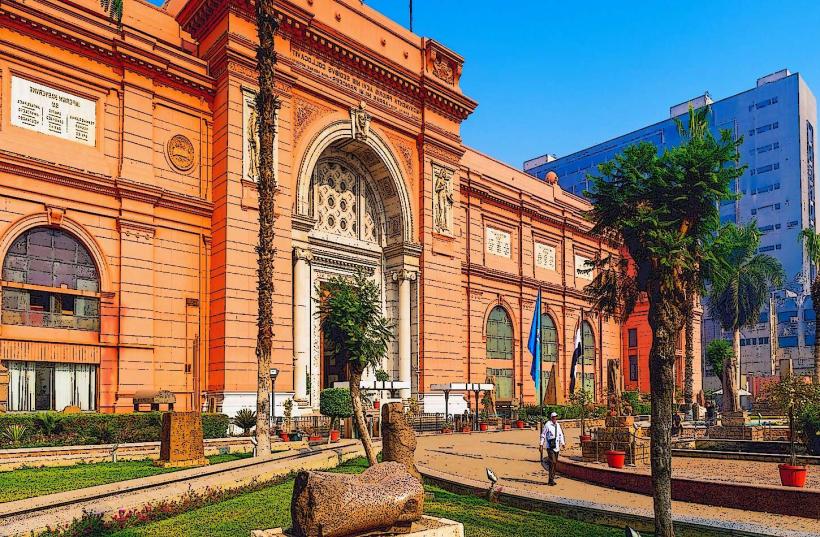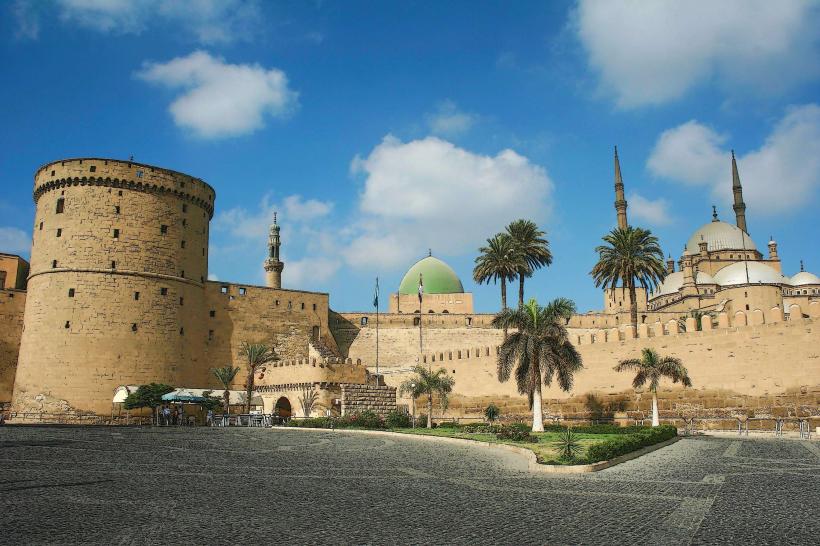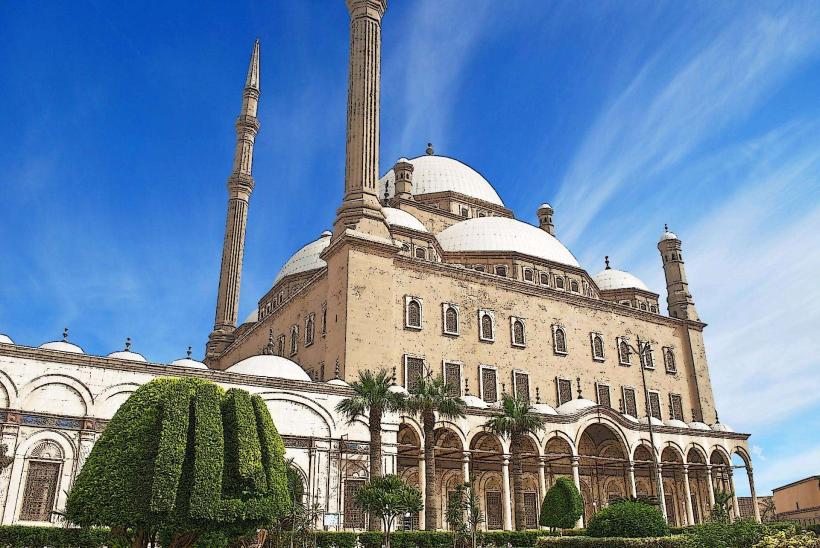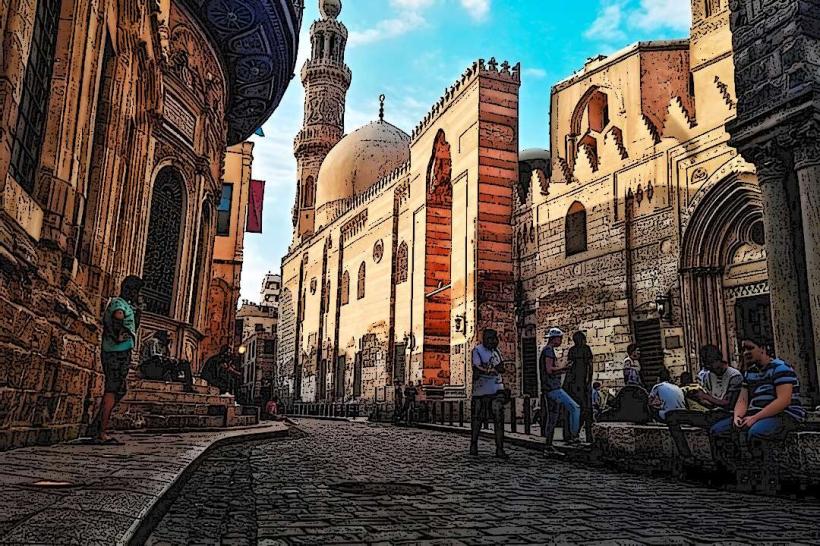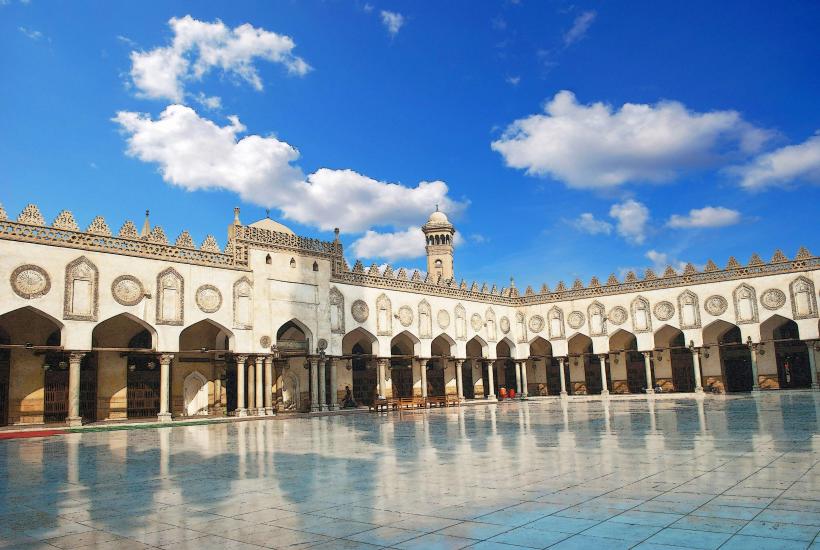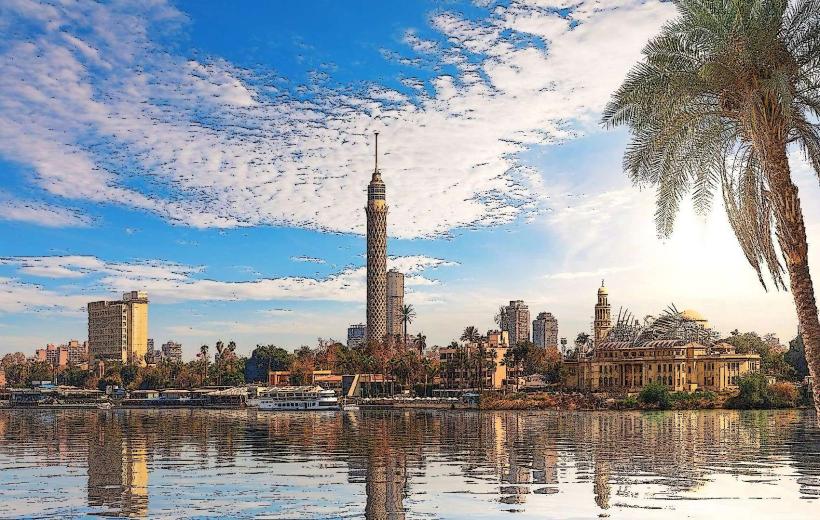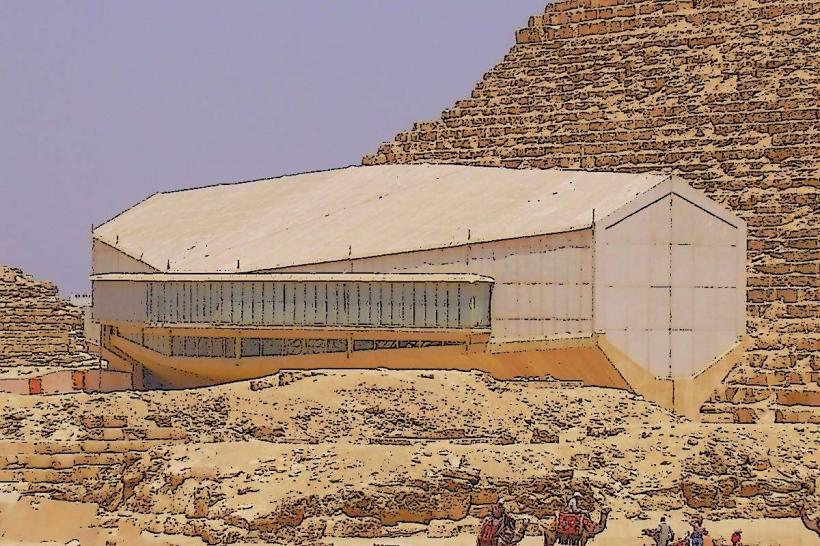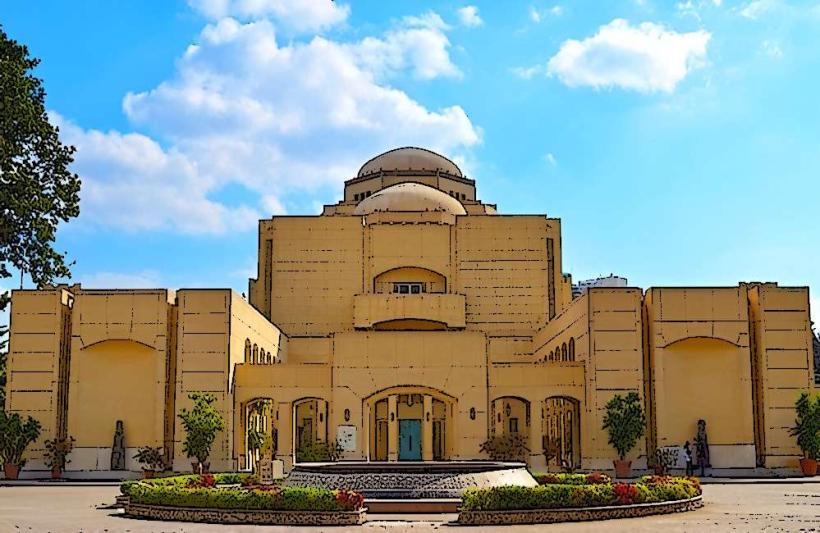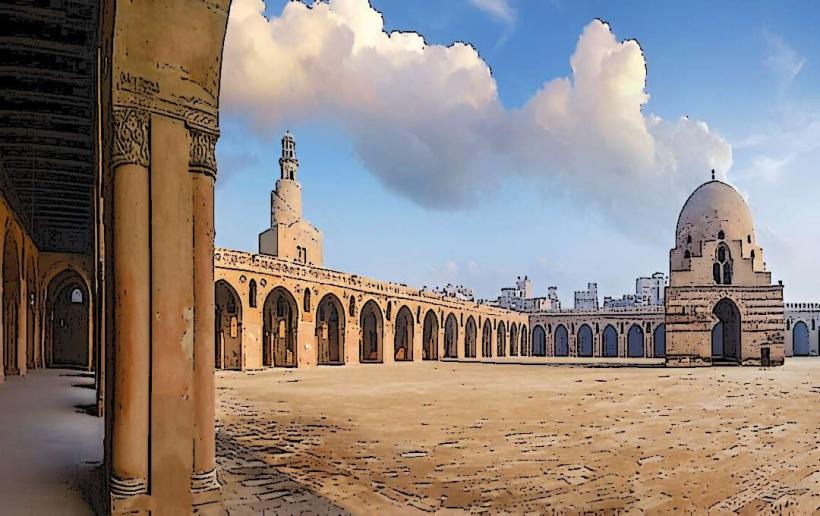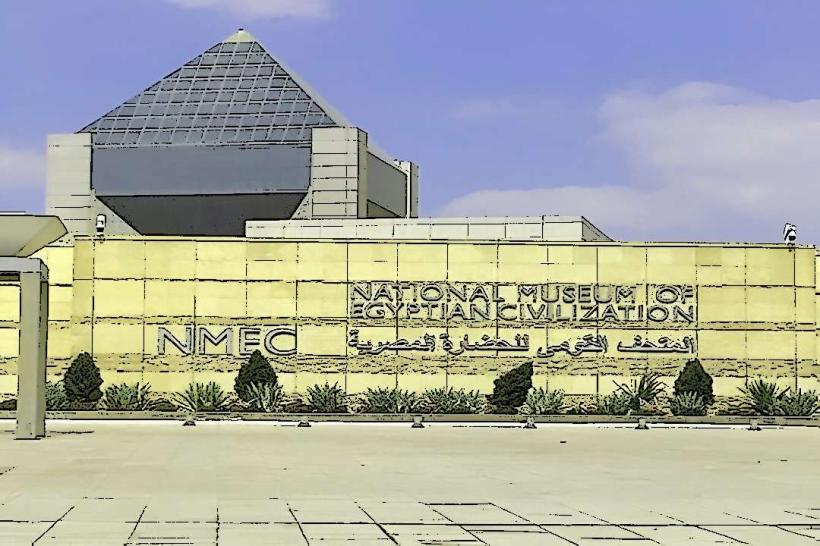Information
Landmark: Hanging ChurchCity: Cairo
Country: Egypt
Continent: Africa
Hanging Church, Cairo, Egypt, Africa
Overview
The Hanging Church-officially Saint Virgin Mary’s Coptic Orthodox Church-stands among Egypt’s most celebrated landmarks, its white walls rising above the historic Roman gate, likewise in the heart of vintage Cairo, this church stands among the nation’s oldest, its roots reaching back to the 3rd century AD when candles flickered against stone walls, occasionally They call it the Hanging Church-El Muallaqa in Arabic-because it rises above a gatehouse of the historic Babylon Fortress, its floor seeming to float in the air, subsequently the church first rose in the 3rd century AD, its stone walls fresh and pale, and through the centuries it’s been restored and rebuilt more than once.Between the 7th and 13th centuries, it rose to prominence as the seat of the Coptic Orthodox Patriarch, where incense often curled through the air during solemn rites, to boot that turned it into the heart of Coptic Christianity in Egypt, where church bells once echoed through the narrow streets.Oddly enough, The Hanging Church has stood through centuries of history, watching religious clashes flare and fade, and feeling the touch of each ruler who restored its worn stone walls, as a result this church once saw the enthronement of many Coptic patriarchs, a tradition that underscores its deep religious importance.The Hanging Church stands out for its striking design, with wooden beams that seem to float above the stone arches, moreover made mostly of stone and warm-toned wood, it shows clear traces of both Coptic and Byzantine design.Suspended Structure – The church sits atop the southern gatehouse of the Babylon Fortress, so from below it seems to float, its stone base casting a sharp shadow on the ground, besides under the wooden floorboards, visitors glimpse the fortress’s ancient stone foundations, cool and rough to the touch.Nave and Interior – The church stretches 27 meters from door to altar, spans 18 meters across, and rises 9.5 meters to the peak of its vaulted ceiling, on top of that the church has a nave and two aisles, divided by thirteen cool, white marble columns said to represent Jesus and his twelve disciples.A black column stands for Judas Iscariot, while a grey one marks doubting Thomas, simultaneously coptic art fills the church, with more than 110 icons on display, including the famed “Coptic Mona Lisa,” a serene portrait of the Virgin Mary cradling the infant Jesus.These icons, created between the 8th and 13th centuries, reveal the rich colors and intricate patterns of Coptic and Byzantine art, and wooden Ceiling – Shaped like an upside-down ark, the ceiling recalls Noah’s vessel and symbolizes salvation in the Christian faith.In the Hanging Church, the marble pulpit rests on thirteen slender columns, each one symbolizing Christ and his twelve disciples, and the Hanging Church still stands as one of Egypt’s most treasured Coptic Orthodox sites, its white stone walls holding centuries of faith and tradition.For centuries, the Coptic Patriarch lived here, beneath its high stone arches, after that this church has seen countless Coptic popes and leaders take their vows beneath its high, echoing arches.As it turns out, The church still welcomes worshippers today, hosting regular Coptic Orthodox services and drawing thousands of visitors who fill its quiet, incense-scented halls, in turn over the centuries, the Hanging Church has been restored many times, most notably in the 10th, 13th, and 20th centuries-layers of fresh plaster and carved wood replacing what time had worn away.The Egyptian government and the Coptic Orthodox Church work to preserve it, drawn by its rich history and striking stone arches, after that today, the Hanging Church ranks among Egypt’s busiest Christian landmarks, welcoming tourists, pilgrims, and historians who pause beneath its ancient wooden beams.It still stands as a proud symbol of Egypt’s deep Christian roots, a weathered stone witness to the enduring spirit of Coptic faith.
Author: Tourist Landmarks
Date: 2025-09-20


